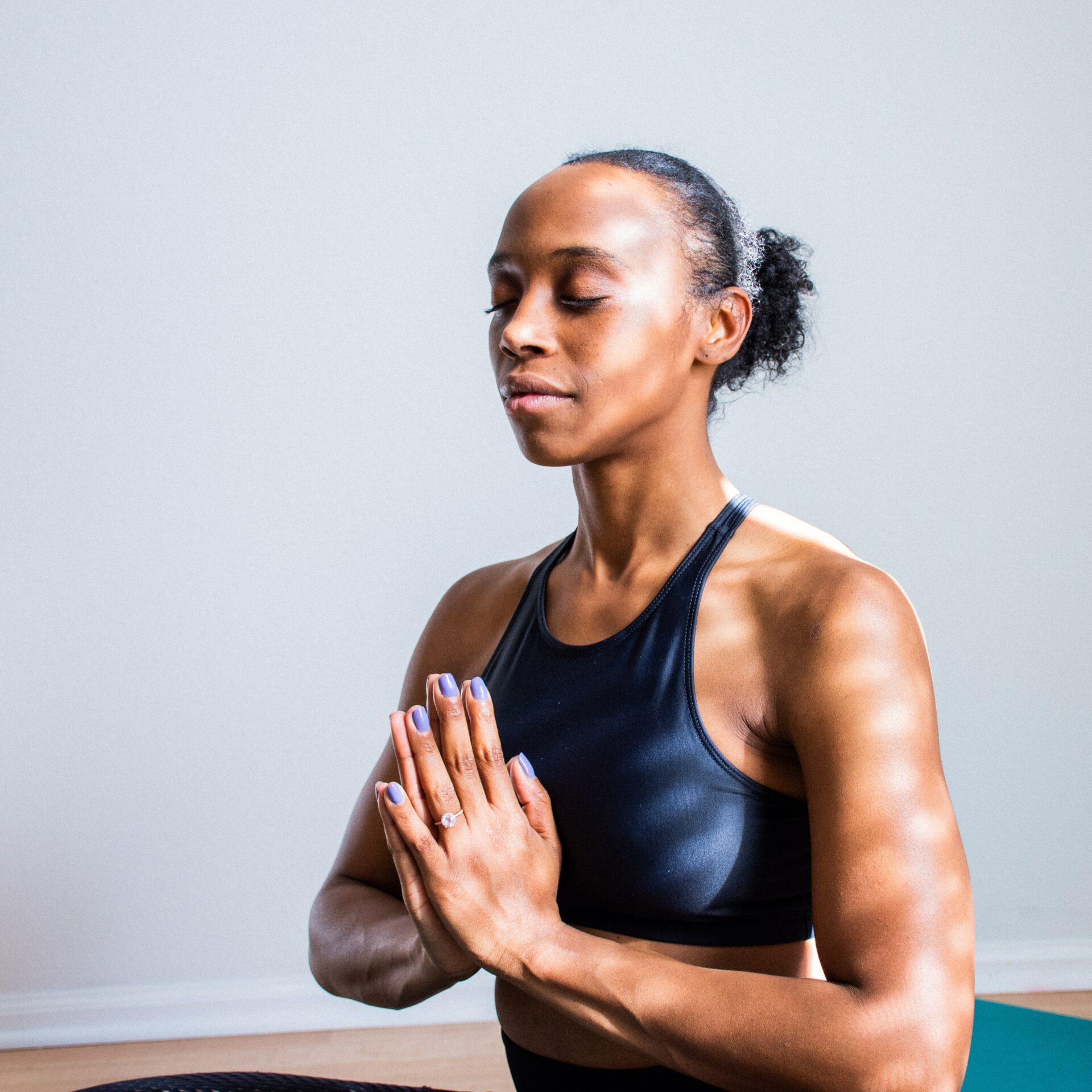
NourishDoc doesn’t provide medical advice, diagnosis, treatment, or prescriptions. Read our terms of use, privacy & medical disclaimer for more info
A 60 yrs old American male, a computer project manager presented with gradual onset of anxiety, nervousness, disorientation, loss of facial expression, slurred speech, difficulty in constructing sentences and depression for four years. During 2010, the patient had observed gradual loss of sensing smell and difficulty in wearing gloves and sleeves. Gradually, his hand-writing, speech were affected. He lost the facial expressions and became vulnerable emotionally. He could not express himself properly due to difficulty in constructing sentences that made him less confident and depressed. His sleep got reduced and eventually became parasomniac.In 2012, his gait got affected first on the left side and gradually the right side was also involved, which resulted in festinating gait and unstable steps. Subsequently, he developed difficulty in standing up from lying posture and was forced to use a walking stick for walking and climbing stairs. He could no longer continue with his sports like cycling. His daily tasks including urinating, defecating and dressing became difficult. He quit his job as a computer project Manager that resulted in increased levels of stress. He was also presented with Amlapitta (~Acid reflux), Seborrheic dermatitis on scalp, chest, neck and face on his visit to CACRC during January 2017.Patient Examination: He weighed 80kgs and height was 152 cm, BP was 110/80 mmHg, presented with mild forward stooping posture. He was non-diabetic and non-hypertensive. The Prakriti (~body constitution) was Pitta Kapha. Vikrita Vata based on symptoms and Madhyama satva, Rasa sara were found. Psychological status examined based on MSE[7], cranial nerves examined and no abnormality was found. On physical examination, muscle tone, Samhanana (~compactness) and Pramana were found to be affected. His Vyayama shakti (~muscle strength) was examined via physical fitness by asking him to do exercises, and was less than Avara (~subnormal). The deep tendon reflexes showed hyperactivity. There was no tremor at rest but mostly rigidity while writing and doing daily activities like wearing the buttons of his shirt or folding the sleeves etc were noticed. His gait was affected (festinating gait), face was expressionless without a smile even if he wanted to. His speech was slow and feeble, and drooling was noticed while speaking. All these symptoms showed that the patient is having Avarana (~covering) of Kapha over Vata.[8] He showed faith in treatment and was ready to follow all the changes in his lifestyle and diet as per the requirement of the treatment.Nadi (~pulse) is Vata kapha. Urine and faeces were normal. Jihwa (~tongue) was coated. He was having Anushna sparsha (~not hot touch) and affected shabda (~voice). His vision was not affected and he was moderately built.Purvarupa (Prodromal symptoms)According to classics, Angamarda (~body pain), Udvega (~anxiety), Anavasthita chittatva (~confusion), Moha (~desire), Smriti hani (~forgetfulness), Asvasthamana (~restlessness), Gatraruk (~generalized body pain), which may restrict to one side of the body, Avasada (~lack of interest/depression). Patient complained feeling of tension and restlessness.[9]The patient was taking Levodopa 25mg and Carbidopa 100mg since the last 1 year along with Amitriptyline since the last 6 months. But only temporary relief was noticed. Introduction to Parkinson’s Disease:Kampavata is one among the Vata vyadhies (~Vata originating diseases) that was first described under the name of Vepathu having similar symptoms as that of Kampavata.[1-2] The symptoms include Karapadatala kampa (~tremors in hands and legs), Deha bhramana (~postural instability), Nidrabhanga (~insomnia) and Matiksheena (~dementia).[3] Other symptoms similar to Vata vyadhi like Stambha (~rigidity), Chestahani (~slowness of the movement), Vinamana (~stooped posture), Vaak vikriti (~speech disorders).[4] Acharya Charaka has stressed on Srotoshuddhi, Vatanulomana and Rasayana in general management of Avarana. Since this is a case of Kapha avarana; these treatment modalities can be applied. Vangasena has clearly mentioned the treatment of Kampavata as Swedana, Abhyanga, Basti, Virechana and useful Shamana.[5] Besides, Kampavata being a Vatavyadhi, general line of management for Vatavyadhi also can be applied in the management.The Vasti which is having honey and oil as main ingredients is Madhu tailika vasti.[6] It is a variety of Niruha and can be given in all cases at any given time without any precautions.
Kampavata can be considered as a Vatavyadhi, so the general line of management of Vatavyadhi is applicable.[10] Panchakarma treatment was planned for five weeks starting with seven days of Marsha nasya with Anutaila (7 drops in each nostril). Since tremor, stress, anxiety, slurred speech were present in this case and disease is involved in Uttamanga (above the clavicular organs), Nasya was administered for seven days along with Sarvanga abhyanga with Dashamoola bala taila as it is Vatahara. Sarvanga bhashpa swedana for seven days and Yoga vasti for 15 days with Anuvasana vasti (with Mahamasha taila) and Niruha vasti (Maadhutailka vasti) ending with Matra vasti (with Mahamasha taila) for seven days. The other treatments included in this case are Patrapinda Swedana made of Nirgundi leaves and administered with Dashamoola bala taila for seven days, Shirodhara with Ksheerabala taila for five days and Kaya seka with Sahacharadi taila for seven days. (Table-1)
Table 1: Treatment Protocol
|
Treatment Period |
Treatment modality |
Drug used |
|
First Week |
Marsha nasya |
Anu taila |
|
Abhyanga and Sarvanga bhashpa sweda |
Dashamoola bala taila |
|
|
Second Week |
Yoga vasti |
Madhu tailika vasti as Niruha and Anuvasana with Mahamasha taila |
|
Third Week |
Yoga vasti |
Madhu tailika vasti as Niruha and Anuvasana with Mahamasha taila |
|
Fourth Week |
Matra vasti Patrapinda sweda |
Mahamasha taila Dashamoola bala taila |
|
Shirodhara |
<span style="font-size:12pt;font-family:Arial;color:#434343;background-color:#ffffff;font-weig
Schedule a free 15 minute consultation call
Subscribe To Our Blog! NourishDoc doesn’t provide medical advice, diagnosis, treatment, or prescriptions. Read our terms of use, privacy & medical disclaimer for more info  Have a Question?
Privacy Overview
This website uses cookies so that we can provide you with the best user experience possible. Cookie information is stored in your browser and performs functions such as recognising you when you return to our website and helping our team to understand which sections of the website you find most interesting and useful.
Strictly Necessary Cookies
Strictly Necessary Cookie should be enabled at all times so that we can save your preferences for cookie settings. If you disable this cookie, we will not be able to save your preferences. This means that every time you visit this website you will need to enable or disable cookies again. |